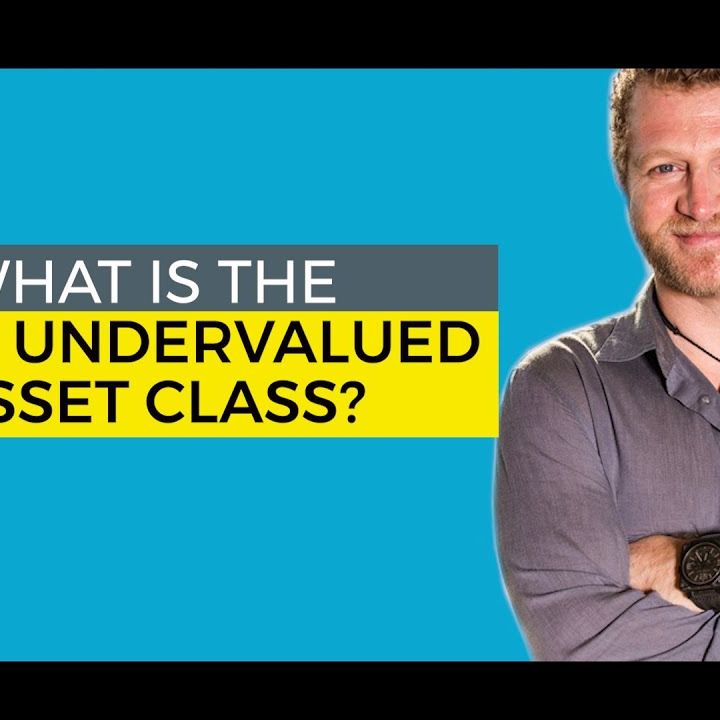7 Private Equity Strategies
To keep knowing and advancing your career, the following resources will be valuable:.
Growth equity is often referred to as the personal investment strategy inhabiting the middle ground between venture capital and standard leveraged buyout techniques. While this might be true, the method has developed into more than just an intermediate private investing method. Development equity is frequently referred to as the private investment method occupying the middle ground between venture capital and traditional leveraged buyout methods.
This combination of elements can be compelling in any environment, and much more so in the latter phases of the market cycle. Was this post valuable? Yes, No, END NOTES (1) Source: National Center for the Middle Market. Q3 2018. (2) Source: Credit Suisse, "The Unbelievable Shrinking Universe of Stocks: The Causes and Effects of Less U.S.
Option financial investments are complicated, speculative investment cars and are not suitable for all financiers. A financial investment in an alternative investment entails a high degree of risk and no assurance can be considered that any alternative mutual fund's investment goals will be attained or that financiers will get a return of their capital.
This market details and its importance is an opinion just and should not be relied upon as the just crucial information offered. Info contained herein has actually been acquired from sources thought to be trusted, but not guaranteed, and i, Capital Network http://stephenkapm848.jigsy.com/entries/general/an-intro-to-growth-equity presumes no liability for the details provided. This information is the property of i, Capital Network.
they utilize leverage). This investment method has actually helped coin the term "Leveraged Buyout" (LBO). LBOs are the main financial investment method type of a lot of Private Equity firms. History of Private Equity and Leveraged Buyouts J.P. Morgan was considered to have made the very first leveraged buyout in history with his purchase of Carnegie Steel Business in 1901 from Andrew Carnegie and Henry Phipps for $480 million.
As pointed out previously, the most well-known of these offers was KKR's $31. 1 billion RJR Nabisco buyout. This was the largest leveraged buyout ever at the time, lots of people believed at the time that the RJR Nabisco deal represented the end of the private equity boom of the 1980s, because KKR's investment, nevertheless famous, was ultimately a considerable failure for the KKR financiers who bought the business.
In addition, a lot of the money that was raised in the boom years (2005-2007) still has yet to be used for buyouts. This overhang of committed capital prevents numerous financiers from devoting to invest in new PE funds. Overall, it is approximated that PE companies manage over $2 trillion in properties worldwide today, with near to trillion in dedicated capital available to make brand-new PE investments (this capital is in some cases called "dry powder" in the industry). .
A preliminary investment might be seed financing for the business to begin constructing its operations. In the future, if the company shows that it has a feasible item, it can get Series A funding for additional development. A start-up company can finish a number of rounds of series funding prior to going public or being acquired by a monetary sponsor or tactical purchaser.

Top LBO PE companies are identified by their large fund size; they are able to make the biggest buyouts and take on the most debt. LBO transactions come in all shapes and sizes. Total transaction sizes can vary from 10s of millions to tens of billions of dollars, and can happen on target business in a broad range of markets and sectors.
Prior to carrying out a distressed buyout opportunity, a distressed buyout company has to make judgments about the target business's worth, the survivability, the legal and restructuring concerns that may occur (need to the business's distressed possessions need to be reorganized), and whether the financial institutions of the target business will end up being equity holders.
The PE company is required to invest each respective fund's capital within a duration of about 5-7 years and then normally has another 5-7 years to offer (exit) the investments. PE firms generally use about 90% of the balance of their funds for tyler tysdal lawsuit new investments, and reserve about 10% for capital to be used by their portfolio business (bolt-on acquisitions, additional readily available capital, and so on).
Fund 1's dedicated capital is being invested over time, and being returned to the restricted partners as the portfolio business because fund are being exited/sold. As a PE firm nears the end of Fund 1, it will need to raise a brand-new fund from new and existing restricted partners to sustain its operations.